
Dishwashing with a few buckets and little clean water is quite popular at roadside eateries - Photo: BUI NHI
Most people choose to "close one eye" to enjoy their food and also because they understand that "you get what you pay for". But should this be improved for safer meals?
"Close one eye" to enjoy your meal
The hustle and bustle of the food streets, the markets filled with the smell of food and the streets with temporary signs create a variety of colors that make tourists and locals choose to visit after work, during a trip.
But in limited space and conditions on the sidewalk or small roadside stalls to ensure hygiene, just using utensils and dishes is a challenge for the seller.
Most countries like Thailand, Indonesia, China, Singapore... and Vietnam still use styrofoam boxes and plastic bags to contain food for takeaway. And colorful plastic bowls and plates are a characteristic of street food for diners to eat on the spot.
And the dishwashing area is also typical, mostly just a few large basins, enough to rinse 2-3 times with water. Dishwashing cloths are often worn and discolored, lying scattered on the floor. The person in charge of washing dishes often has his face buried in the pile of dishes for hours, with or without gloves, and maybe rain boots (sometimes dirty to look at).
Restaurants are so crowded during rush hour that they can barely lift their heads. Many places wash dishes right on the sidewalk, right next to a sewer that smells and is full of garbage. Diners sitting nearby often choose to turn their backs or pretend not to see so they can... enjoy their food.
I have had the opportunity to visit many restaurants, including many other countries in Asia and I believe that cleaning up after each table (especially during rush hours) always needs to be super fast. The desire to have a clean set of dishes like at home is "impossible".
It becomes a habit, even in places with slow business, it's hard to find employees who are as eager to wash dishes for the restaurant as they are to wash their own dishes!

It's not easy to find street food stalls that wash dishes "as clean as at home" - Illustration photo
What are the options for sellers and buyers?
Most people will click their tongues and close their eyes when eating out, sometimes eating out to try new dishes. Many people stop by roadside stalls to buy food to have a little extra rest after work.
The YOLO (you only live one) lifestyle of today's youth also contributes to promoting street food culture. The modern, bustling, busy urban life has spread to the countryside and people tend to choose what is easy for them.
Things that come later, like illness and disaster when the fruit "bears fruit", will be considered only at that time. When the majority of people still feel comfortable eating at roadside stalls, whether the dishes are washed carelessly or thoroughly is not something they consider.
They decide to "spend money" on food based on whether it tastes good, is trendy, is eye-catching, and is affordable.
People who are careful because they understand that "disease comes from the mouth" are often careful about what and where they eat to minimize the time spent with the doctor later. They are the very few who choose to bring lunch boxes or glass containers when buying food. Sometimes they will be nagged by the seller for wasting time.
The restaurant is crowded, many places prepare the portions in plastic bags or styrofoam boxes in advance, customers just need to pay and receive the food, not the old cash-on-delivery method. People who bring containers from home often have to apologize for making others wait a little longer. The scene of carrying lunch boxes to buy food is becoming increasingly rare.
There are also some people who, when eating out, even in fancy restaurants, often bring a small box (in case there is leftover food to take home) and end up throwing away a disposable box into the environment. The choice, even of the minority, is a consideration of a long-term benefit for both themselves and humanity.
Choose another way
In Hoi An, there is a small tea shop, hidden deep in a dead-end alley. They have chosen to prioritize dine-in service instead of adding takeaway service (even though that would sell more). Besides ensuring the quality of the delicate flavors of the ancient Vietnamese teas at the shop, they also want to reduce littering.
If customers bring personal containers, staff will rinse them with boiling water before pouring the drinks they make to minimize the risk of infection.
Also in Hoi An, many sidewalk shops choose to wrap sticky rice in banana leaves, and some restaurants invest in wastewater and leftover cooking oil treatment systems to make their operations a choice that considers the negative impact on the environment.
Source: https://tuoitre.vn/tim-dau-nhung-quan-rua-chen-sach-nhu-o-nha-20250906222538021.htm



![[Photo] Keep your warehouse safe in all situations](https://vphoto.vietnam.vn/thumb/1200x675/vietnam/resource/IMAGE/2025/10/1/3eb4eceafe68497989865e7faa4e4d0e)

![[Photo] Hanoi morning of October 1: Prolonged flooding, people wade to work](https://vphoto.vietnam.vn/thumb/1200x675/vietnam/resource/IMAGE/2025/10/1/189be28938e3493fa26b2938efa2059e)
![[Photo] President of the Cuban National Assembly visits President Ho Chi Minh's Mausoleum](https://vphoto.vietnam.vn/thumb/1200x675/vietnam/resource/IMAGE/2025/10/1/39f1142310fc4dae9e3de4fcc9ac2ed0)

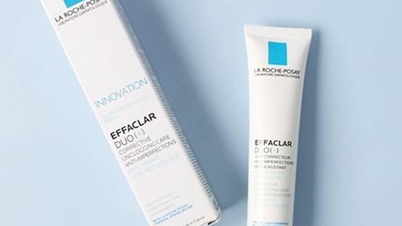

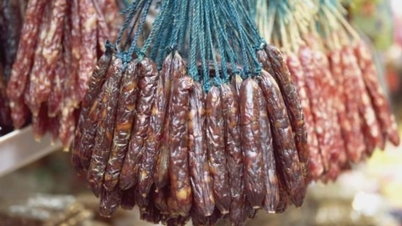
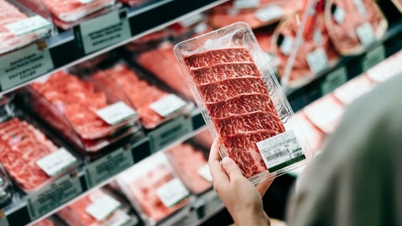

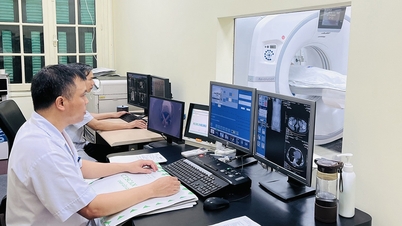






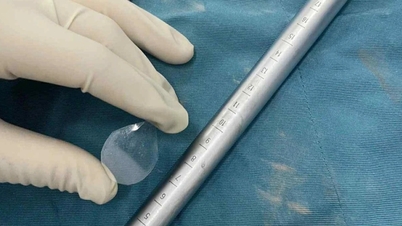

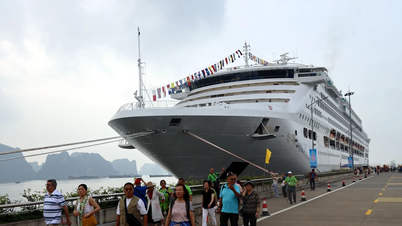

















































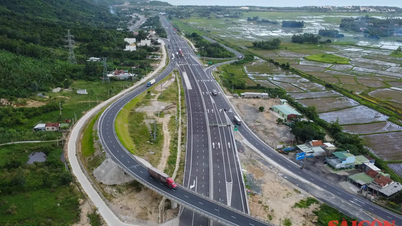

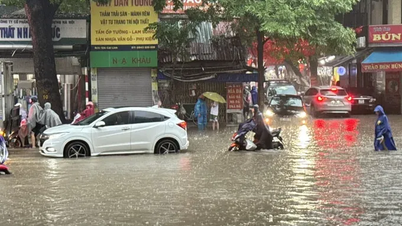

















Comment (0)